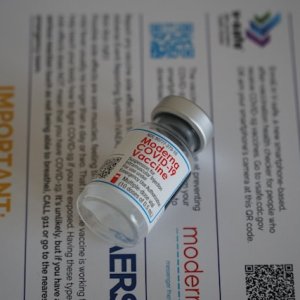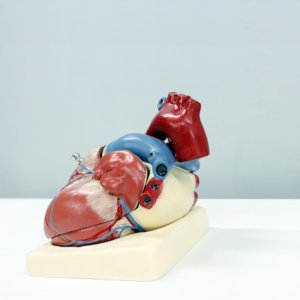Better Diagnostic Methods Help Build Stronger Prevention Programs

STORY INLINE POST
Q: How is Roche Pharmaceuticals combining its diagnostics and pharmaceutical divisions to improve the prevention and treatment of diseases?
A: With significant advances in the last few decades, we are now able to detect diseases at an opportune stage and offer more effective treatments. For 70 years, Roche has been developing therapies in areas where treatments did not exist. Our focus has always centered on offering a combination of the most advanced diagnoses and treatments to increase not just chances of survival, but also patients' quality of life.
Q: How is Roche Pharmaceuticals innovating within the Mexican healthcare sector?
A: One of our companies is Foundation Medicine (FMI). This foundation is focused on developing precision medicine. Using advanced diagnostics, we can gather a specific picture of the patient and their condition. This allows us to develop medicine that is highly personalized to their profile. Oncology is an area where this has seen major growth. Using gene characteristics, one can create a therapy which is more likely to have a positive response. Combining these diagnostics with a personalized treatment will undoubtedly lower the burden of the most prevalent disease. Personalized treatment also focuses on improving quality of life and reducing complications.
Q: What specific treatments does Roche Pharmaceuticals offer the market for cancer patients?
A: Our portfolio of therapies contains 14 different medications against cancer and various types of tumors. These medications help treat over 1 million people worldwide every year. We have been innovating in Mexico for over 70 years and this has allowed us to make major advances to tackle chronic-degenerative diseases such as breast, cervical, ovarian, colon and lung cancers, as well as rheumatic arthritis and various other diseases of lower prevalence but major impact, such as hemophilia and multiples sclerosis.
Due to our investment and research, which last year was close to US$11 billion worldwide and around MX$220 million in Mexico, we reached a new goal with the arrival of four new innovative molecules for distinct conditions, including two for the treatment of lung cancer. Part of this development of new treatments are immunotherapies, which represent a change in the way we treat tumors. Our treatments specifically cater to patients with the mutations PD-L1 and ALK positive.
Q: How can Roche Pharmaceutical’s cancer approach support earlier diagnostics?
A: We have always been at the forefront of medical education. The development of better diagnostics has led us to create programs and educational modules for health professionals. These have aided efforts to prevent and diagnose disease at an early stage. This is particularly the case in the area of cancer, the third cause of death in Mexico. We have different prevention programs directed at both doctors and patients, like Prohibido Rendirse and Respirar y Vivir. We are now launching a campaign that will certify professionals in early detection of breast cancer and reduce the time it takes to refer people to specialists. The promotion of health is a significant component of opportune detection of cancer. Our work with diverse actors allows us to reach different social groups which can be targeted for early detection. The combination between providing information to the population and providing medical education to health professionals is the best way to prevent cancer amongst the Mexican population.
Q: What integral mechanisms need to be implemented to increase access to innovative medications in Mexico and what role will your company play in their generation?
A: At Roche Mexico, we focus on helping the population have access to the best solutions in health and the benefits that a complete and innovative treatment can bring. We think our role should not be limited to developing therapeutic solutions but also commit fully to ensure patients have equal access to diagnosis and treatment. We need to work from our respective position to meet common goals.
























